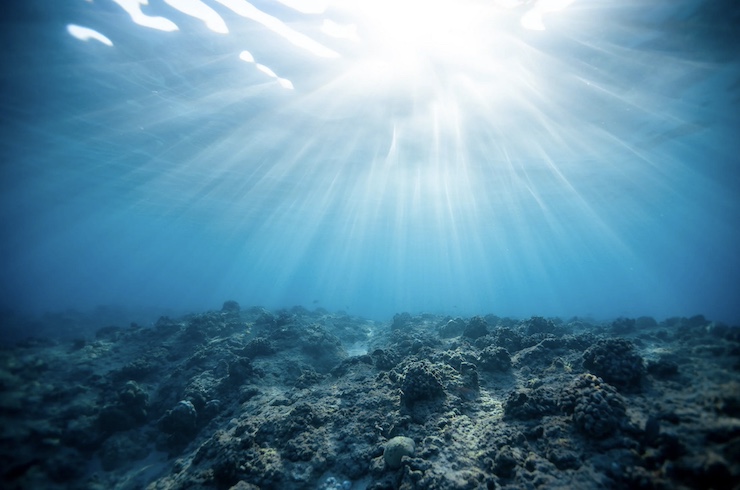Japan is Making a Strategic Investment in “Dual Use” Underwater Drone Technology

Japan’s defense establishment is anxious to develop unmanned underwater vehicles (UUVs) to strengthen the island nation’s maritime security against China’s rising military ambitions in the Pacific. But Japan’s UUVs will also have important civilian uses in marine research and conservation and underwater pipeline inspections, senior officials say. For Japan, creating “dual-use” applications for underwater drones is a critical means of commercializing their development and keeping the nation’s fledgling UUV industry competitive worldwide.
Japan, unlike the United States and many European nations, typically produces military weaponry for its own defense forces, without export opportunities that can help boost production and sales. As part of its 5-year Basic Plan on Ocean Policy, Japan wants to find new means to contain China’s military assertiveness over Japan’s historic territorial claims as well as Beijing’s expanding maritime alliance with Russia. UUVs are being viewed as a critical new technology that can enhance the country’s underwater military surveillance and intelligence capabilities for defensive purposes but also as a potential offensive weapon were the drones to be armed to deploy mines and even torpedoes.
Japan is also seeking to form a strategic partnership with Australia to support its UUV technology development. Bilateral defense ties have deepened in recent years, as both countries share concerns over China’s rising ambitions in the Pacific. The two countries have already discussed potential cooperation in case of simultaneous military contingencies in their respective areas. As a first step, the two nations will conduct joint simulations of their underwater communications, with an eye toward allowing UUVs to cooperate in joint military defense missions.
But Japan clearly recognizes that the domestic defense market, even in collaboration with Australia, is simply too small to sustain a long-term UUV development strategy. In Japan, the government made clear that it intends to provide R&D funding to government and private producers alike, and for commercial as well as military applications. The government says it envisions developing three types of UUVs: a small, relatively inexpensive, mass-produced model for shallow depths; a deep-water model, for civilian and military applications at depths of more than 3,000 meters; and various specific-purpose models for medium-depth activity.
Japan is no stranger to underwater activities supported by UUVs. The Japanese Navy and various scientific research foundations already deploy underwater drones, but nearly all of them are produced by foreign suppliers. One exception is Full Depth, founded in 2014, which develops and manufactures drones for infrastructure inspection of dams, ports, offshore wind farms, and fishing reefs. Its flagship DiveUnit 300 weighs just 28kg and comes equipped with a full HD camera and high-brightness LED lights and multibeam imaging sonar to allow for precision tracking even in the murky depths of lakes, rivers and oceans.
Overall, though, Japan still lags far behind the US and China in drone industry development overall, but especially UUVs. Japanese officials say their massive new UUV funding initiative, which will run through 2030, could go a long way toward closing that gap.
|